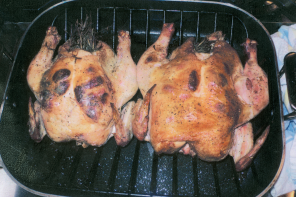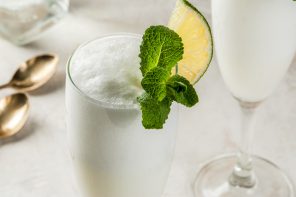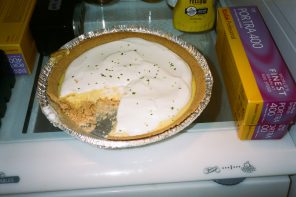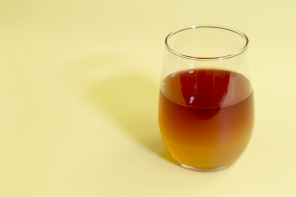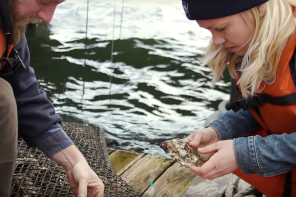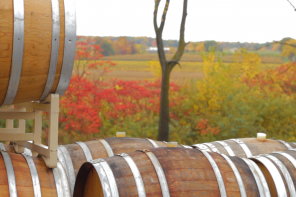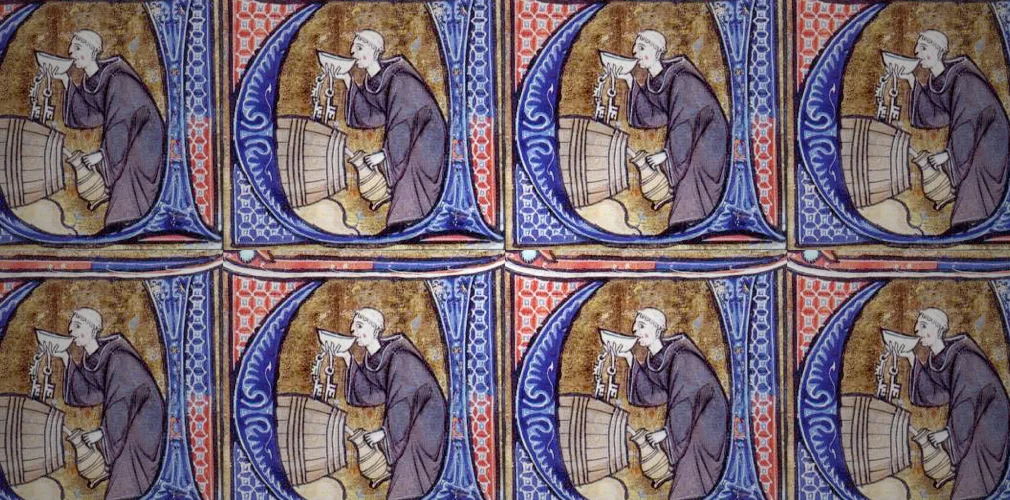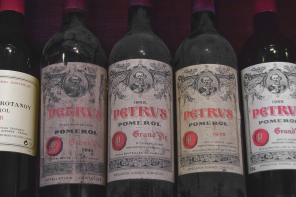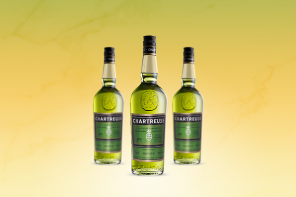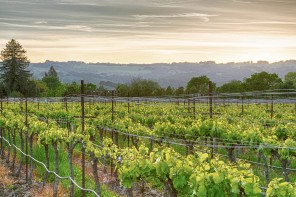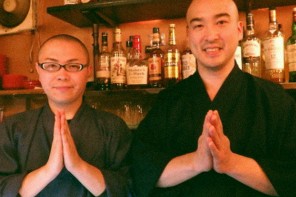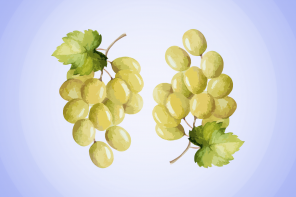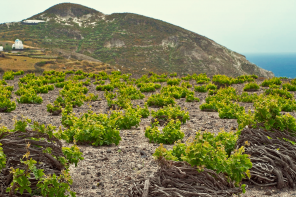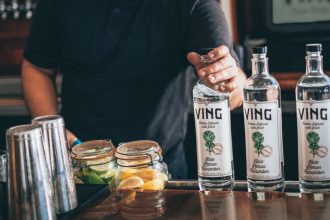Wine without Monks is the equivalent of Destiny’s Child without Beyoncé. It just doesn’t work. Thanks to a history of Monks getting drunk across Europe our palates are lucky enough to experience the holy grail of juice rather than simply reading about it in history books.
Here are 10 things you need to know about Drunk Monks and their contributions to wine:
1) Watch the Throne- When the Roman Empire fell, grape vines were passed into the hands of abbeys and monasteries.
2) Empire State of Mind- The monasteries had the resources, security, education, stability and manpower to improve the quality of their vines amidst turbulent wars and revolutions.
3) Scientist- Widely considered the greatest contribution of the monks to Eastern European viticulture were their records of documented experiments and results (aka the scientific method).
4) Holy Grail- Monks discovered that certain plots of land, even those a few feet apart, produced remarkably different wines. These observations laid the groundwork for identifying grape varieties that grew best in certain regions and thus created new methods of production.
5) Halle Berry or Hallelujah?– Monks built cellars in the villages alongside the vineyards. Associating the production facilities with the land led to the making of wines with consistently distinctive characteristics, which mankind grew to admire.
6) Mazel Tov, Mogul Talk- The highly influential Catholic and Anglican religious order of monks had more land than their aristocratic Dukes.
7) Don’t Get It Twisted, Bow Down- Popes had a great affinity for wines and Dukes thus contributed to the growth of wine quality and reputation.
8) All About the Benjamins, Baby– Each abbey and each monastery made certain to maintain the very highest quality production to ensure their reputation. A higher wine quality meant increased land value and in turn political and social influence which supported the maintenance and expansion of the monastic movement.
9) Will the Real Slim Shady Please Stand Up- It was a monk that discovered the process of turning still wine into sparkling wine, but that monk was not Dom Pérignon.
10) Clean Up The Rumors- Though Dom Pérignon did not invent the sparkling wine known as Champagne, this world-renowned monk was the first to practice blending grapes from several different vineyards.
11) Drunk In Love- Merchants followed monks and brought their wines to connoisseurs all over the world. This practice assisted in the establishment of wine as a worldwide luxury and beverage of choice outside of the Church.
#Amen
